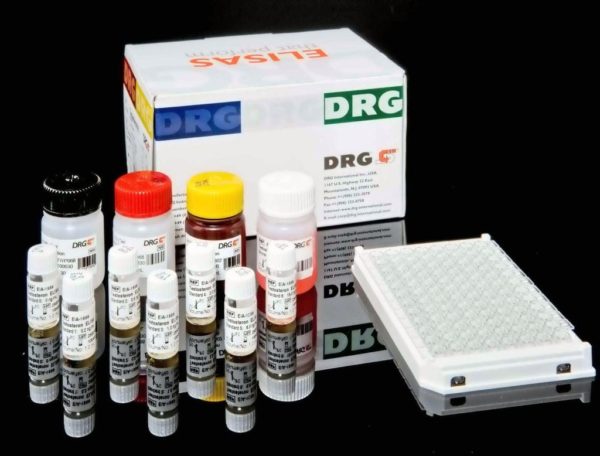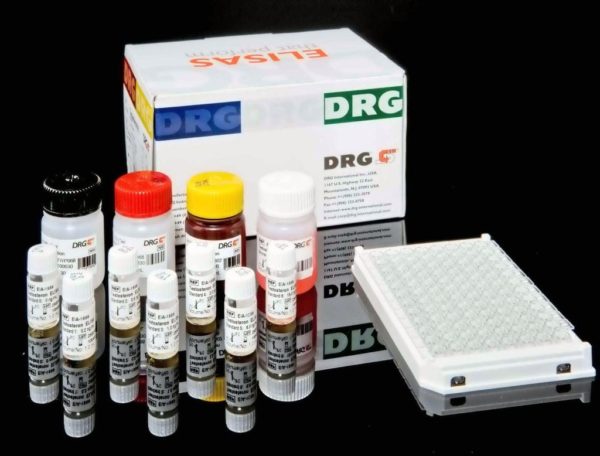Description
An enzyme immunoassay for the qualitative and semiquantitative determination of IgG-class antibodies to Chlamydia trachomatis in serum and plasma.
Chlamydiae are non-motile, Gram negative and obligatory intracellular growing bacteria which form characteristic inclusions within the cytoplasm of parasitized cells. They are easily visible in the light microscope. Three different Chlamydia species are known to be pathogenic for humans: Chlamydia trachomatis, Chlamydia pneumoniae and Chlamydia psittaci, and only one species is pathogenic for animals (C.pecorum). Chlamydia trachomatis is the most prevalent agent of sexually transmitted diseases worldwide (400-500 million cases) and the number of infections is constantly growing. Pregnant women infected with C. trachomatis may transmit these bacteria during childbirth, causing conjunctivitis or pneumonia in newborns. Untreated cases of chlamydial infection can lead to chronic salpingitis, possibly resulting in ectopic pregnancy or infertility. In males, C. trachomatis is a major cause of non-gonococcal urethritis. A severe problem in Chlamydia infections is the frequent asymptomatic insidious course which may result in the initiation of chronic diseases. In many instances primary infections are not recognized and only the sequelae caused by ascended, persisting agents are diagnosed.
The DRG Chlamydia trachomatis IgG ELISA Kit is a solid phase enzyme-linked immunosorbent assay (ELISA) Microtiter wells as a solid phase are coated with inactivated Elementary Bodies Chlamydia trachomatis antigen. Diluted patient specimens and ready-for-use controls are pipetted into these wells. During incubation Chlamydia trachomatis-specific antibodies of positive specimens and controls are bound to the immobilized antigens. After a washing step to remove unbound sample and control material horseradish peroxidase conjugated anti-human IgG antibodies are dispensed into the wells. During a second incubation this anti_IgG conjugate binds specifically to IgG antibodies resulting in the formation of enzyme-linked immune complexes. After a second washing step to remove unbound conjugate the immune complexes formed (in case of positive results) are detected by incubation with TMB substrate and development of a blue color. The blue color turns into yellow by stopping the enzymatic indicator reaction with sulfuric acid. The intensity of this color is directly proportional to the amount of Chlamydia trachomatis-specific IgG antibody in the patient specimen. Absorbance at 450 nm is read using an ELISA microtiter plate reader.




